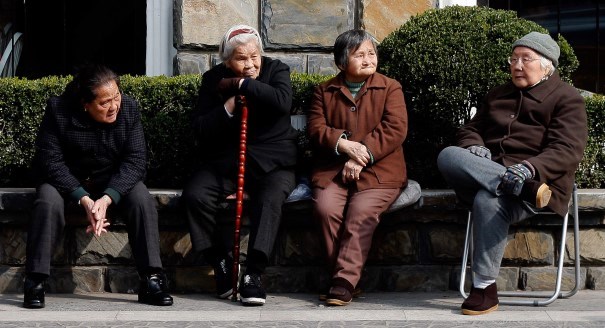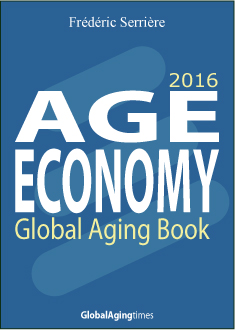Ageing: Impact on Companies in Asia
The world’s population as a whole is ageing – and this is true of the Asia region too. Today Asia accounts for one-half of the world’s older population. By 2050 this is set to increase to two-thirds. By every measure, Japan has the oldest population – not just in Asia, but globally. Hong Kong and Singapore are not far behind[Read More…]










